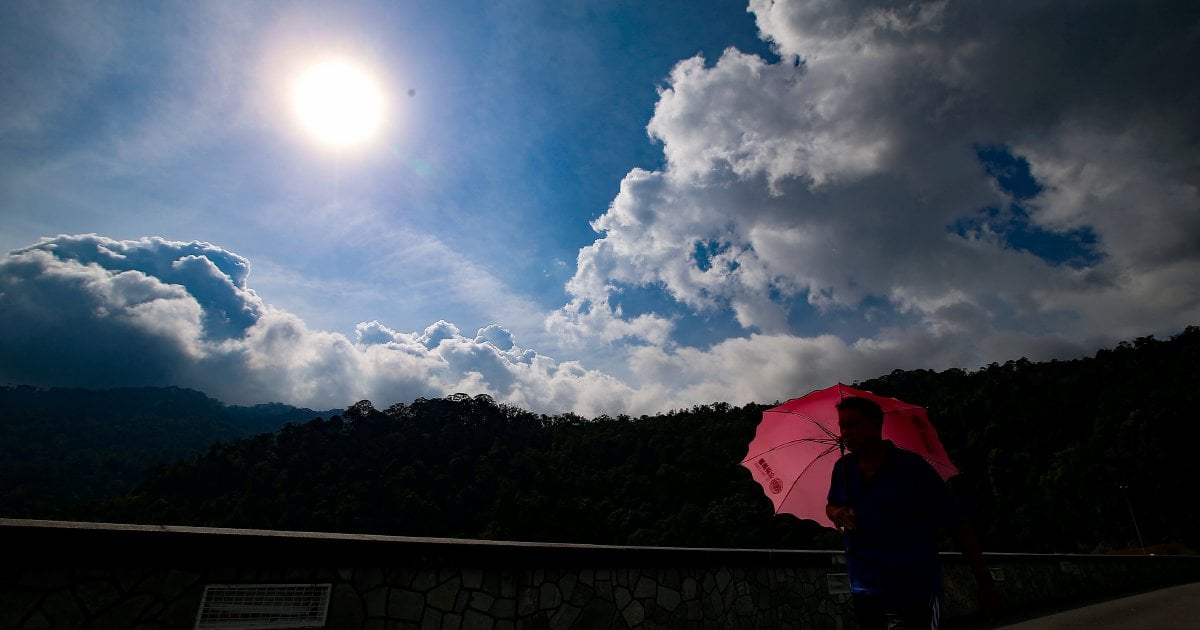KANGAR: Seasonal weather patterns, global climate change, urbanisation, and human activities are among the main contributors to the rising temperatures in Malaysia, says an academician.
Associate Professor Dr Norazian Mohamed Noor from the Faculty of Civil Engineering and Technology, Universiti Malaysia Perlis (UniMAP), said one major factor is the Southwest Monsoon, which occurs from June to September and is characterised by dry weather, low rainfall, and minimal cloud formation.
She said that such conditions result in more direct sunlight reaching the Earth’s surface with little obstruction, thus significantly increasing daily temperatures.
“The lack of consistent rainfall also reduces the natural moisture content in both soil and air, making the environment hotter and drier,” she told Utusan Malaysia yesterday.
Previously, it was reported that Malaysia’s average surface temperature rose by 0.6°C to 1.2°C between 1969 and 2009, and the country is now facing an increasingly unpredictable climate crisis driven by global warming.
Projections suggest that if no strong mitigation steps are taken, the rise could reach 1.5°C to 2.0°C by 2050.
As of the third week of this month, over 300 cases of heat exhaustion have been reported, particularly among children and the elderly, and the risk of heatstroke is also rising among outdoor workers such as construction labourers, farmers, and military personnel.
Norazian said global warming is the primary cause of overall temperature increases worldwide, including in Malaysia, and that the prolonged El Niño phenomenon, ongoing from late 2023 to mid-2025, has had a significant impact on weather patterns.
She said it has disrupted tropical rainfall systems, raised sea surface temperatures, and caused prolonged droughts and dry weather conditions.
“According to reports from the National Oceanic and Atmospheric Administration (NOAA) and the World Meteorological Organisation (WMO), 2025 is projected to be among the hottest years ever recorded in modern history.
“In addition, forest fires in Sumatra, Indonesia, have contributed to worsening air quality in Malaysia, particularly in Negri Sembilan and the Klang Valley, as thick smoke has been carried by winds, especially in Klang, with the Air Pollution Index (API) reaching between 152 and 157.
“The extreme heat in Malaysia and the forest fires in Indonesia are closely linked. The Southwest Monsoon (June–September) brings dry conditions that accelerate the spread of fires in Indonesia, while also enabling smoke to drift over to Peninsular Malaysia.
“This worsens an already hot environment, as the smoke traps heat in the atmosphere (heat trapping), further intensifying the perceived temperature and impacting public comfort and health,” she added.
Norazian also said that rapid urbanisation and city expansion in Malaysia are contributing to rising temperatures, particularly through the Urban Heat Island (UHI) effect.
© New Straits Times Press (M) Bhd






